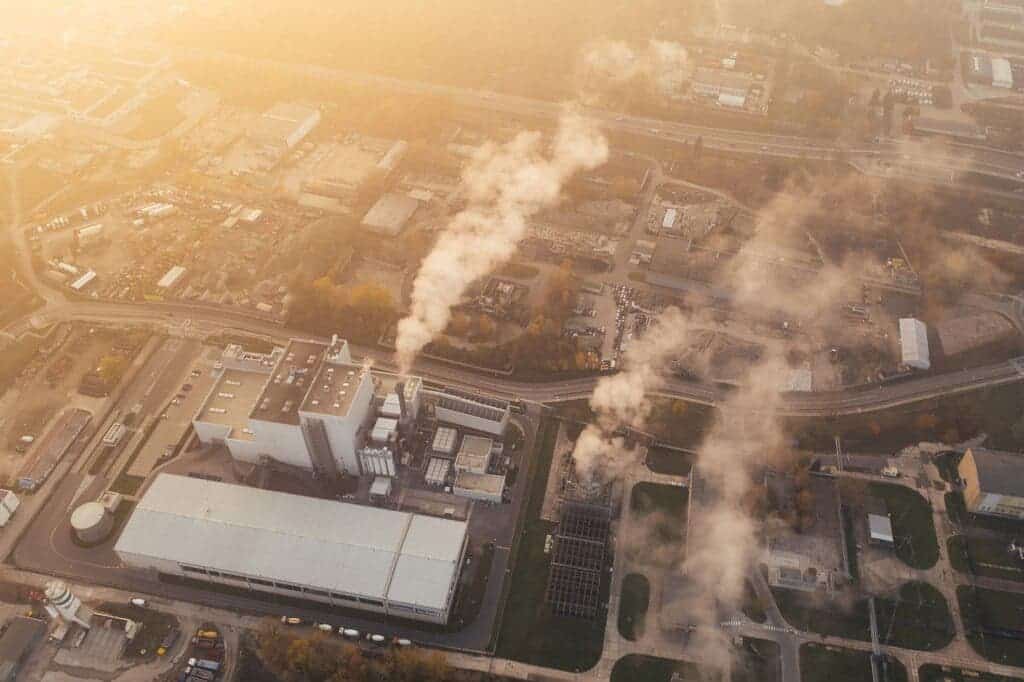Researchers from the University of Cincinnati are going to try and kill two birds with one stone as they try to address climate change while simultaneously assisting future human Martian explorers.
A team from the school’s College of Engineering and Applied Science is developing ways of transforming carbon dioxide into gases that could be used as a fuel on both planets.
In their study, published in the journal Nature Communications, assistant professor Jingjie Wu and his students used a carbon catalyst in a reactor to convert carbon dioxide into methane. The process, known as the “Sabatier reaction,” is the same process astronauts on the International Space Station use to scrub the carbon dioxide from the air they breathe and generate rocket fuel to keep the station in its orbit.
However, in the new study, Cincinnati researchers and their collaborators (from Rice University, Shanghai University, and East China University of Science and Technology) are taking things to a whole new level with their endeavor. By converting Mars’ atmosphere, which contains an abundance of carbon dioxide, to fuel, they could save half the fuel they need for a return trip.
As it stands now, astronauts would need to bring their own fuel, making the payloads ridiculously heavy, not to mention the additional room the fuel would require.
“Right now if you want to come back from Mars, you would need to bring twice as much fuel, which is very heavy,” Wu said. “And in the future, you’ll need other fuels. So we can produce methanol from carbon dioxide and use them to produce other downstream materials. Then maybe one day we could live on Mars…It’s like a gas station on Mars. You could easily pump carbon dioxide through this reactor and produce methane for a rocket.”
Wu and his students are experimenting with different catalysts such as graphene quantum dots, layers of carbon just nanometers big, that can increase the yield of methane and ethylene, which has been referred to as the world’s most important chemical as it is used in the manufacturing of plastics, rubber, synthetic clothing, and other products.
“The process is 100 times more productive than it was just 10 years ago,” Wu said. “So you can imagine that progress will come faster and faster. In the next 10 years, we’ll have a lot of startup companies to commercialize this technique.”
Adding this finding to the innovations made in which astronauts could build concrete on Mars with their own urine and blood, is making trips to the Red Planet increasingly more and more feasible with the materials we already have available.
With the Biden Administration’s goal of achieving a 50% reduction in greenhouse gases by 2030 and a sustainable economy that relies on renewable energy by 2050, the study has positive implications for Earth as well.
The process of converting carbon dioxide to methanol is scalable for use in power plants that can generate tons of carbon dioxide. Additionally, Wu says, the process is efficient since the conversion can take place right where excess carbon dioxide is produced.
“Right now we have excess green energy that we just throw away,” Wu said. “We can store this excess renewable energy in chemicals…I realized that greenhouse gases were going to be a big issue in society. A lot of countries realized that carbon dioxide is a big issue for the sustainable development of our society.”










